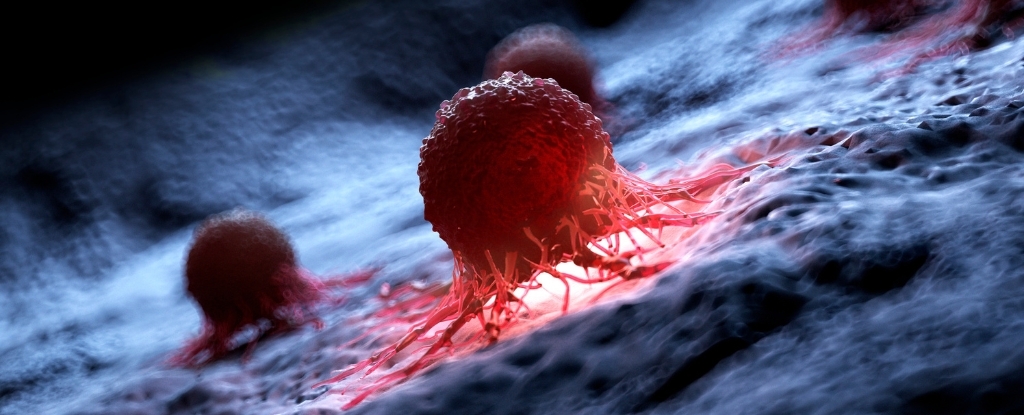Cosmology stands at a potential turning point, with the NASA James Webb Space Telescope (JWST) poised to address longstanding issues in the field. For years, the standard cosmological model has been the gold standard, explaining the universe’s composition as 68 percent dark energy, 27 percent dark matter, and 5 percent ordinary matter. This model has provided accurate predictions about cosmic structures and the distribution of matter, but recent observations are challenging its assumptions.
The Hubble Tension
A significant issue is the “Hubble tension,” which arises from differing measurements of the universe’s expansion rate, according to an article published by The Conversation. Observations using Cepheid variables suggest a rate of 73 km/s/Megaparsec, while theoretical predictions propose 67.4 km/s/Megaparsec. This 8 percent discrepancy has led to debates about whether current measurements are biased or if the cosmological model needs revising. Despite the JWST’s advanced capabilities, it has yet to definitively resolve this tension.
Researchers are now considering measurements from other types of stars, such as Tip of the Red Giant Branch (TRGB) and J-region Asymptotic Giant Branch (JAGB) stars, which have provided mixed results.
The S8 Tension
Another challenge is the “S8 tension,” which involves the predicted versus observed clumpiness of matter in the universe. The standard model suggests matter should be more clustered than observed, creating about a 10 percent discrepancy. One potential solution involves revising our understanding of dark matter, possibly incorporating fast-moving particles or considering the effects of galactic winds on matter distribution.
Looking Ahead
The JWST has also revealed that early galaxies appear unexpectedly massive, which could either indicate new physics or reflect limitations in current measurement techniques. Future observations, including those from the Dark Energy Spectroscopic Instrument (DESI) and the Vera Rubin Observatory, will be crucial in addressing these issues.
In summary, while the JWST has yet to provide definitive answers, it is clear that cosmology is at a crossroads. The next few years could either reinforce the existing model or usher in new physics, potentially transforming our understanding of the universe.





